Trapped water, green groves and rolling mountains… There’s a picture postcard feel to most wadis in Oman – from the rugged mountains bordering the horizon to the fresh water trembling to the moods of the breeze. Omanis blessed with more than its share of picture-perfect wadis, most of which are easily accessible and immensely popular as picnic spots, even camping destinations.
The ones endowed with water all through the year are scenic locales with green foliage, palm trees and even flowering shrubs. Seen from the eyes of a tourist or an intrepid traveller, the potential for adventure and even a languorous picnic is immense. There is that element of being away from the city and its accompanying cacophony; the feeling of oneness with nature, generated by the lush spread of greenery; and the choice of indulging in some wadi-bashing or even trekking on the uneven terrain…
Most of the wadis are accessible only with a four-wheel drive, owing to the rocky sediments on the bed; but for trekkers,there is no dearth of options. So, taking off from Wadi Arbaeen, we go on a wadi trail to present some of the popular wadis in and around Muscat to gear you up for the pleasant winter weekends.
Wadi Al Abyadh
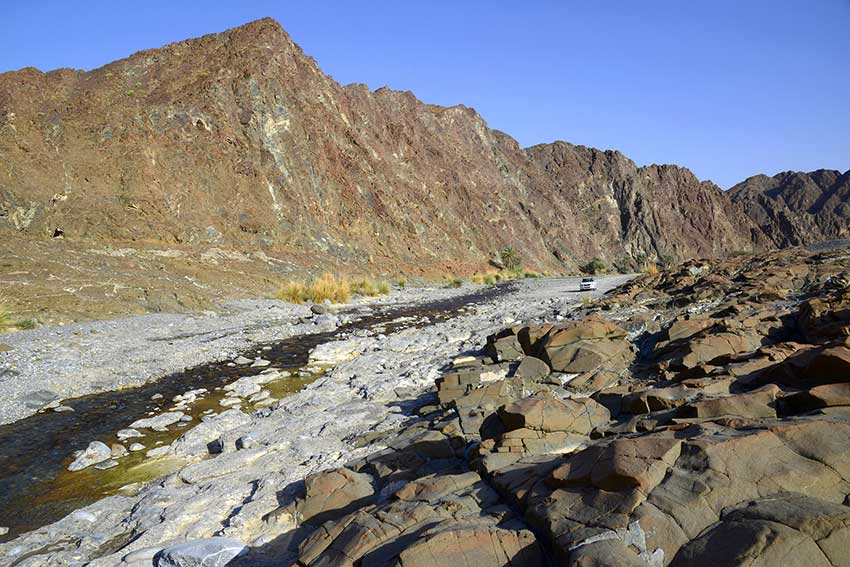
Located in Nakhal, in the South Batinah region, Wadi Al Abyadh is about one and a half hours away from Muscat. It is a scenic wadi, which has earned repute as Al Batinah region’s most popular valleys. Inspired by the white rocks that dot the place, Wadi Al Abyadh promises a stunning visual presentation. Exploring this Wadi, however, may demand a four-wheel drive, presenting the visitor with a visual treat of beautiful green foliage and strikingly white boulders and rocks.
Wadi Al Hoqain
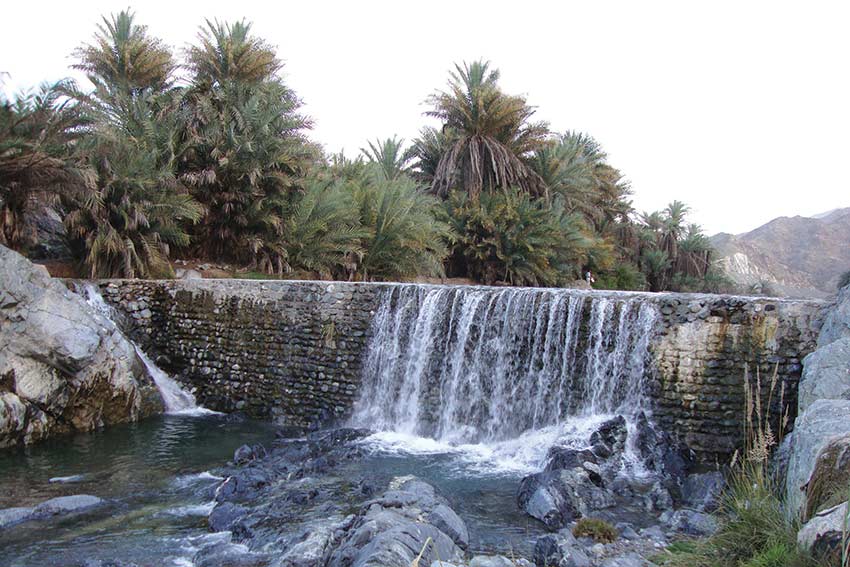
This Wadi is accessible from the Wilayat of Rustaq (it is 40 km away from Rustaq and 150 km from Muscat) and is characterised mainly by its many springs which flow between the granite rocks and form beautiful waterfalls, cascading from up to 10 meters in height. Visitors to this place can also savour history packed in the Al-Hoqain fort, which dates back to 1722.
Wadi Bani Khalid
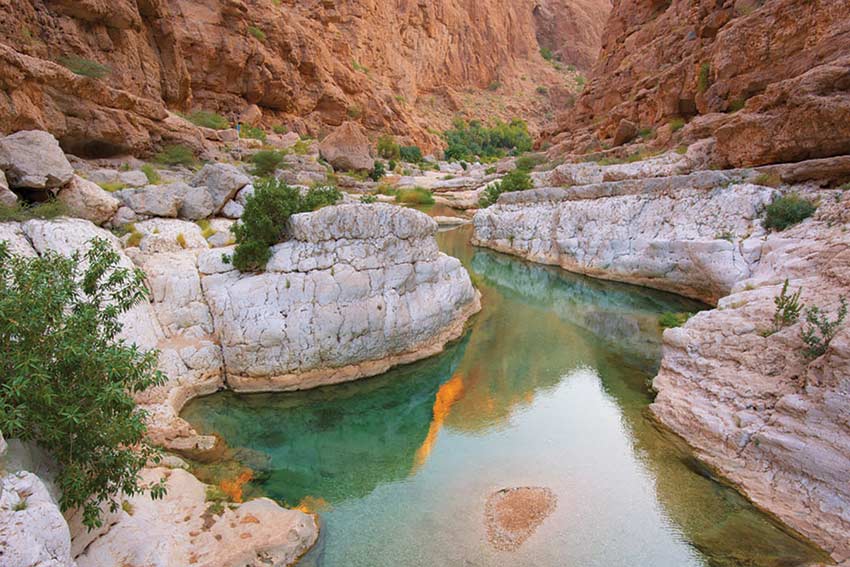
Approximately 200 kilometres away from Muscat is this popular Wadi in the Sharqiyah region; it has a constant flow of water. Interestingly, this Wadi is home to some cave formations, including the Kahf Maqal, which is the country’s underground chamber. This formation opens opportunities for those seeking adventure – it requires one to crawl and even scramble in some places. The gushing water adds to the excitement of being a part of this Wadi.
Wadi Bani Awf
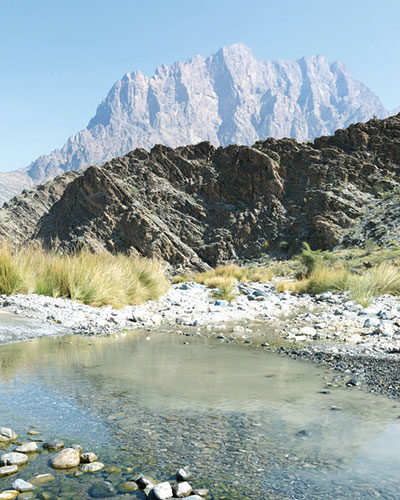
Located in Al Batinah South Governorate, Wadi Bani Awf is a stunning wadi, with diverse terrain that makes it one of the most challenging destinations. Driving on this Wadi requires patience, skill to manoeuvre rough and steep roads and a big sense of adventure. The Wadi itself leads to the famous Snake Gorge, which has been so named for the serpentine effect created by the narrow valley in between the mountains. It skirts through rock pools, waterfalls and boulders. Trekking along this path is tempting but it can be difficult and even dangerous if there are signs of rain.
Wadi Dayqah
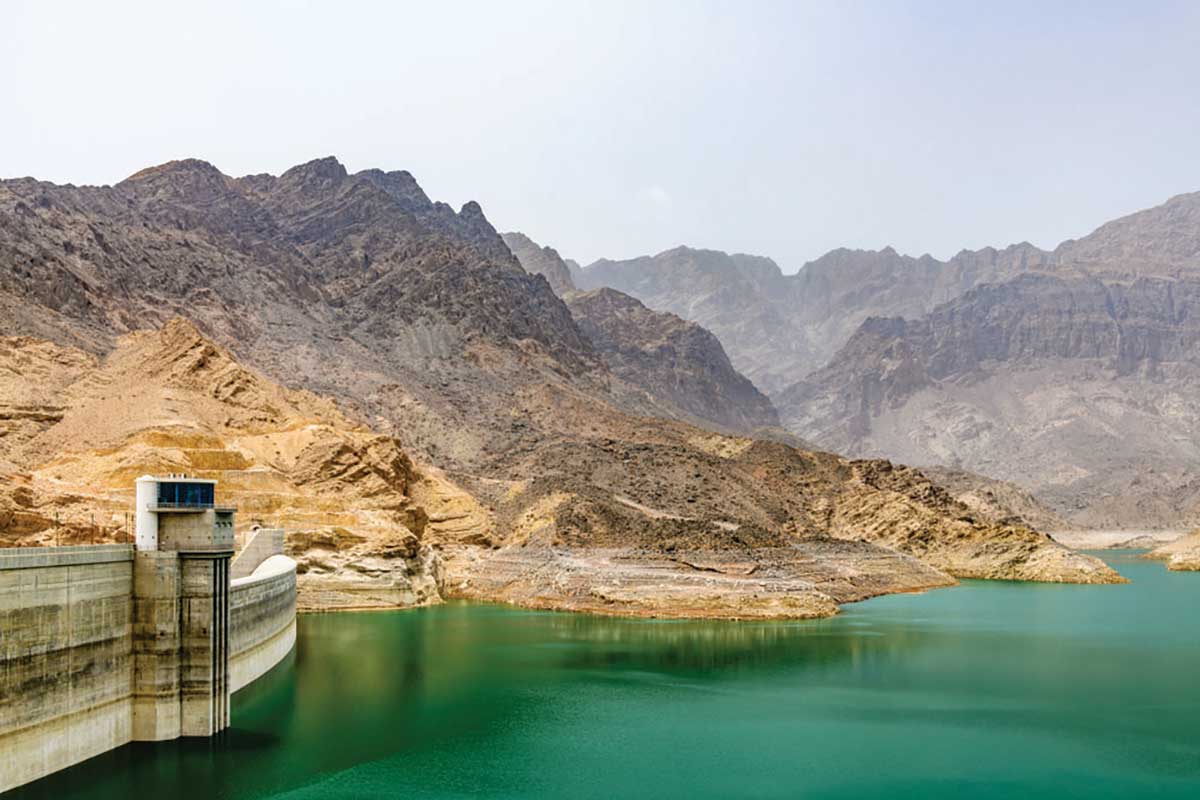
Closer to Muscat is the Wadi Dayqah, which was described as ‘the most singular piece of earth sculpture in Arabia’, by explorer S.B. Miles, more than a century ago. It is located about 90 kilometres from the Wadi Adai roundabout in Muscat and is popularly known as the ‘Devil’s Gap’. Deep pools and huge boulders mark this Wadi.
Wadi Shab

Wadi Shab is located in Tiwi, which is 140kms from Muscat, on the Quriyat – Sur Coastal Road. Driving to this Wadi is a scenic affair, with the road opening striking mountainous terrain of Oman; the Wadi itself presents an opportunity for adventure. This popular Wadi is known to attract picnickers to the freshwater cascading from mountain tops.
Wadi Tiwi
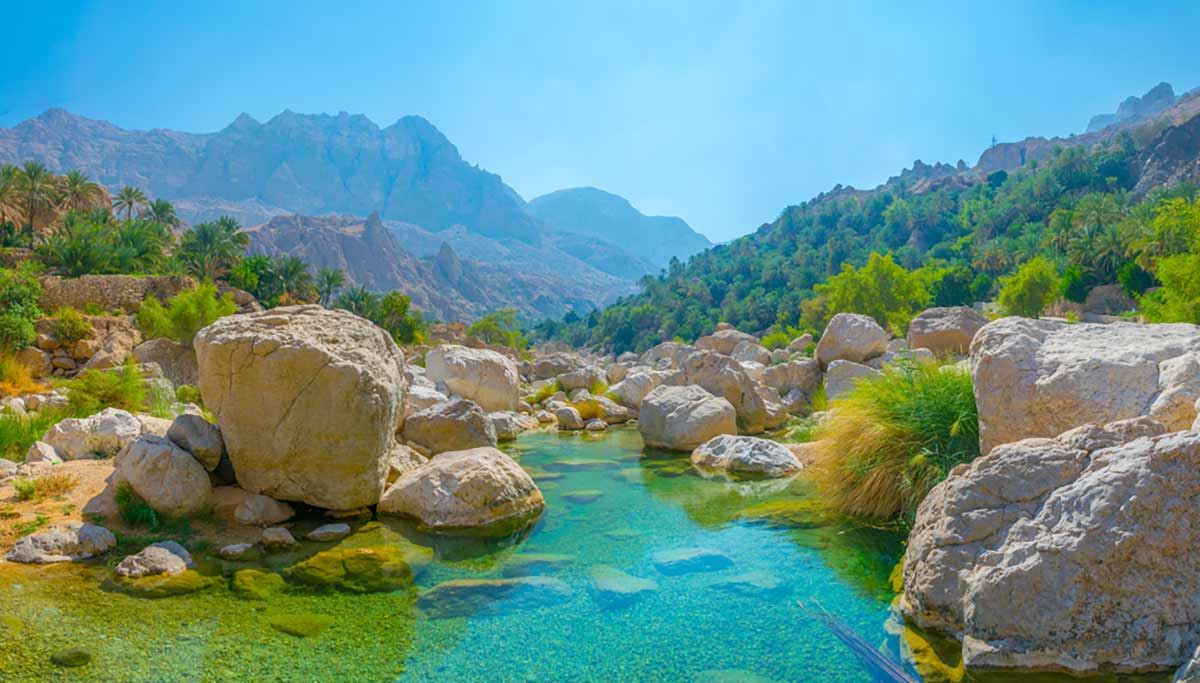
Approximately two kilometres away from Wadi Shab is Wadi Tiwi, which stretches about 36 kilometres inland, ending strikingly at the mountain village, Mibam. The Wadi itself ambles through quaint villages which have dates and banana plantations. Nature-lovers should watch out for the sea that is visible as one climbs up the hill and treks down to the valley. Fruit trees and groves make it picture perfect.
